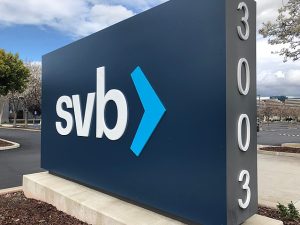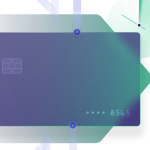Last month’s crash of Silicon Valley Bank (SVB) presented a unique challenge for an industry that had come to rely on decentralized finance. When it was announced on March 10th that SVB had entered into receivership, companies that relied on the bank for funding and payments suddenly found themselves unable to continue doing business, with no immediate relief in sight.
Amid a variety of reactions to the SVB crisis—including participating on a bank run that likely made the situation worse—spend management fintech Airbase kept its head. According to a recent interview, Airbase relied on SVB for paying its own bills as well as managing the payment rails for its users, and it maintained those rails through rapid yet cautious action.
“We didn’t know when Silicon Valley Bank would come back online, if the Fed would guarantee funds and deposits or if they would be able to move money ever again,” said Airbase’s Chief Executive Officer, Thejo Kote, in an interview on the crisis. “As we moved into the next week, all of these were open questions. Obviously, we had contingency plans upon contingency plans upon contingency plans, and we were working through all of that as information was changing on an hour-by-hour basis.”
Ultimately, Kote directed his team to keep customer funds in SVB temporarily. This turned out to be the safest possible move—as Kote explained, maintaining those payment rails through SVB allowed Airbase to keep customer funds protected thanks to quick action from the FDIC.
























